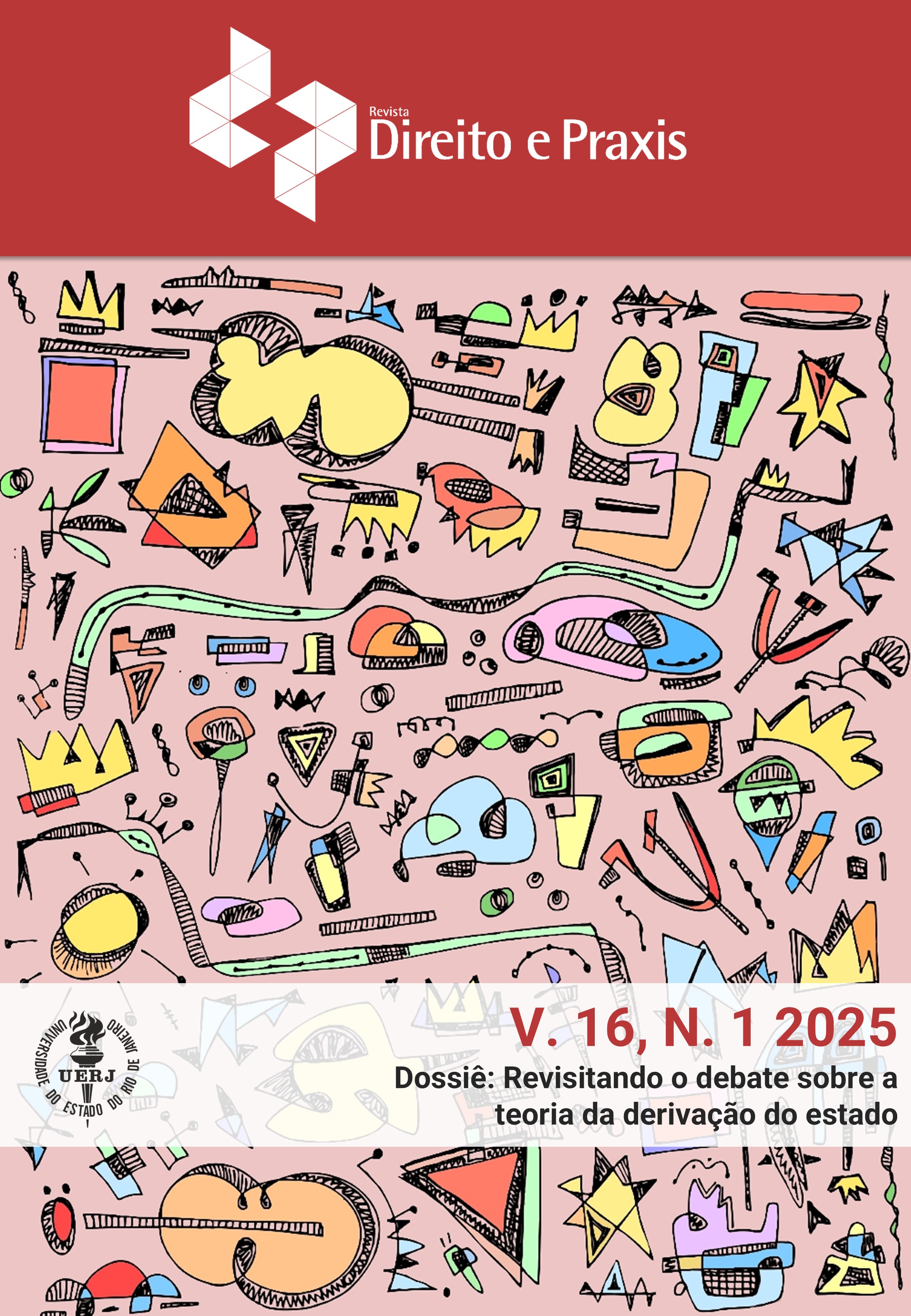From Controlled Emancipation to Reactionary Resistance: Humanitarian Expropriation of Slaves in the Abolitionist Legislation (Brazil, 1826-1889)
Descaminhos da Desapropriação Humanitária de Escravos na Legislação Abolicionista (Brasil, 1826-1889)
Keywords:
Slavery, expropriation, indemnity, abolition, property.Abstract
https://doi.org/10.1590/2179-8966/2025/77721
Historiography has demonstrated that the law on slavery in 19th century Brazil followed the same logic as the general law (particularly, the civil one), though with some adjustments. Specially, has showed that the slaves were simultaneously treated as both things and persons. The objective of this paper is to demonstrate to which point the legislation on expropriation was used or envisaged as a possible solution to the problem of abolition. The sources are the press, the legal doctrine and the parliamentary records on the laws of free womb (1871), sexagenarians (1885) and the golden law (1888). The first conclusion is that expropriation was used in few occasions and was little remembered as a solution to the problem. The reasons are some incompatibilities with the general legislation and the fact that the debates concentrated mostly on the legitimacy of slave property and its relations with natural law. Moreover, the uses of expropriation had two phases: until the 1860’s, it was a progressive proposition for an orderly emancipation; from the debates of the free womb letter, it became the slaveowners’ legal argument to seek indemnity.
Downloads
Downloads
Published
How to Cite
Issue
Section
License
Copyright (c) 2025 Direito e Práxis

This work is licensed under a Creative Commons Attribution 4.0 International License.
The authors the sole responsibility for their texts.
It is allowed the total or partial reproduction of the articles of the Journal Law and Praxis, if the author is mentioned.
This work is licensed under a Creative Commons Attribution-Noncommercial-Share Alike 4.0 Unported License.
This license allows you to copy and redistribute the material in any medium or format for any purpose, even commercial, provided the original authorship is cited.
This work is licensed under a Creative Commons Attribution 4.0 International License.



